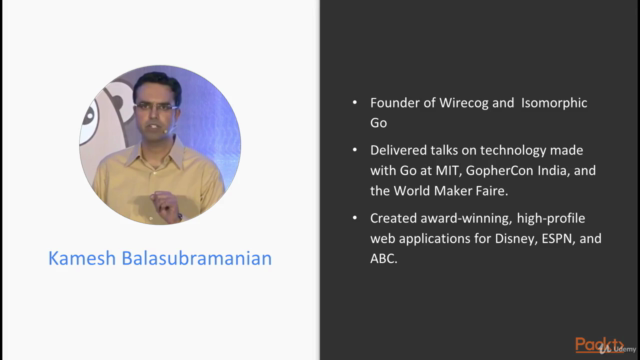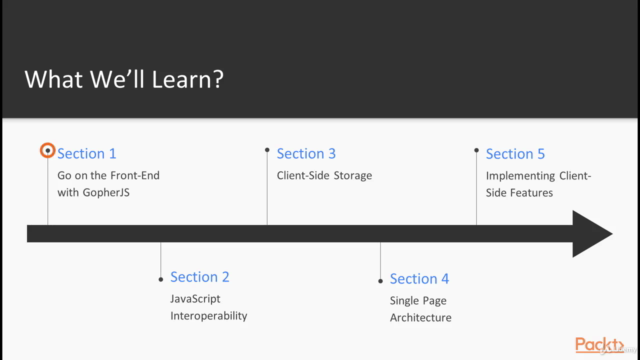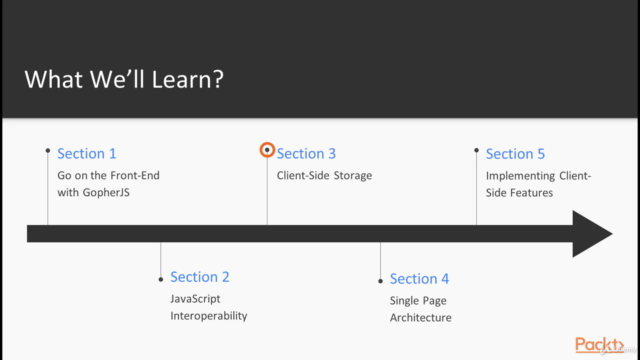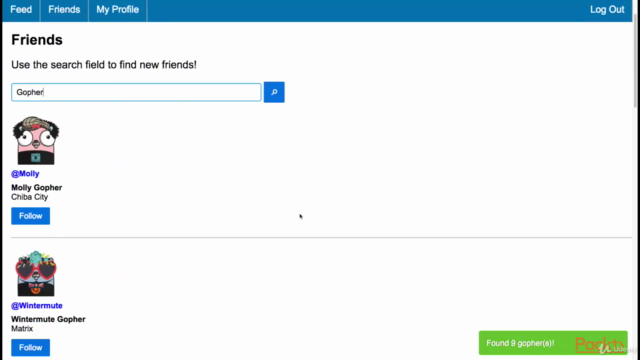LEARNING PATH: Go: Advancing into Web Development with Go
Harness the power of Go to level up your skillsets in web development and build web apps like a pro
3.92 (26 reviews)

310
students
13 hours
content
Nov 2017
last update
$19.99
regular price
What you will learn
Perform DOM operations with GopherJS
Upload client-side image and client-side forms
Create a 3D scene in the web browser
Implement a single page application
Build a feature-rich social media website
Manage requests and responses
Create custom middleware
Build web forms with validation and security in mind
Create functionality to upload and process images and videos
Implement a custom datastore for a relational database, document database, and an in-memory database
Explore the fundamental Concepts of Go
Write a unit test in Golang
Create a simple web server instance for the GopherFace website
Screenshots




Related Topics
1424184
udemy ID
11/7/2017
course created date
6/6/2020
course indexed date
Bot
course submited by